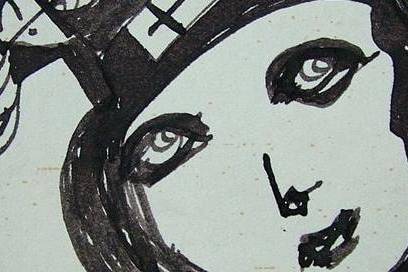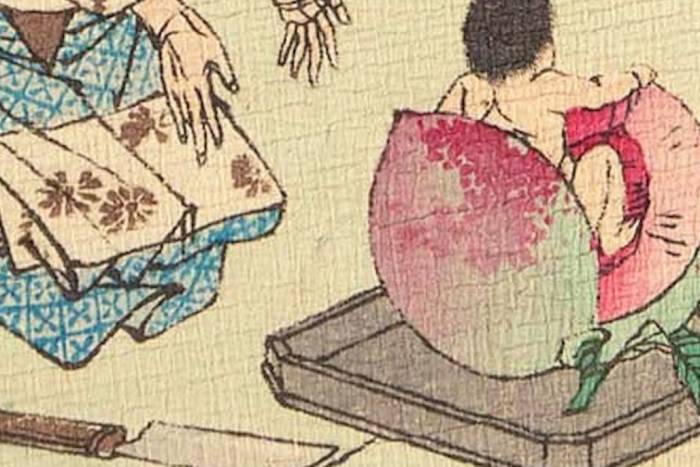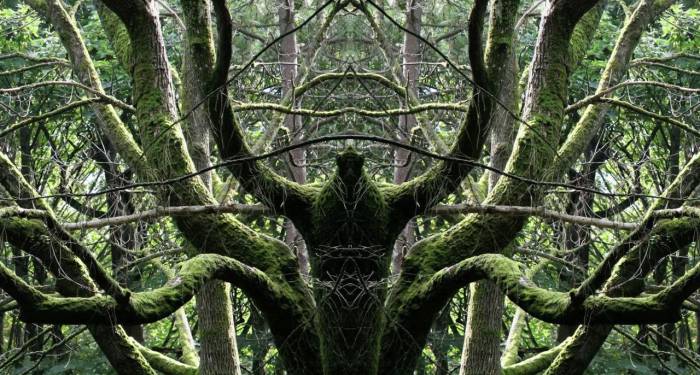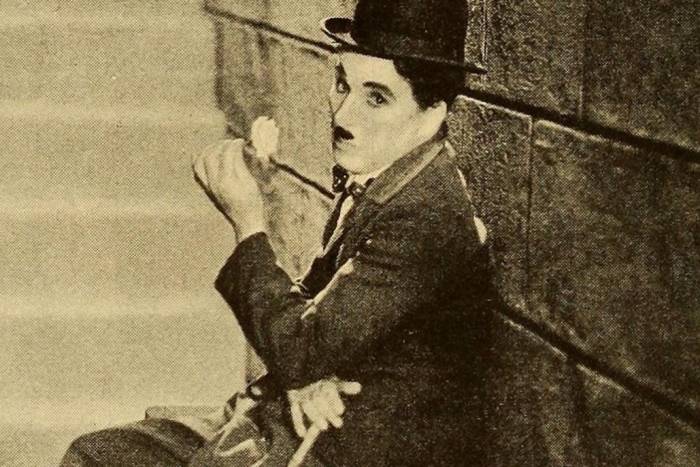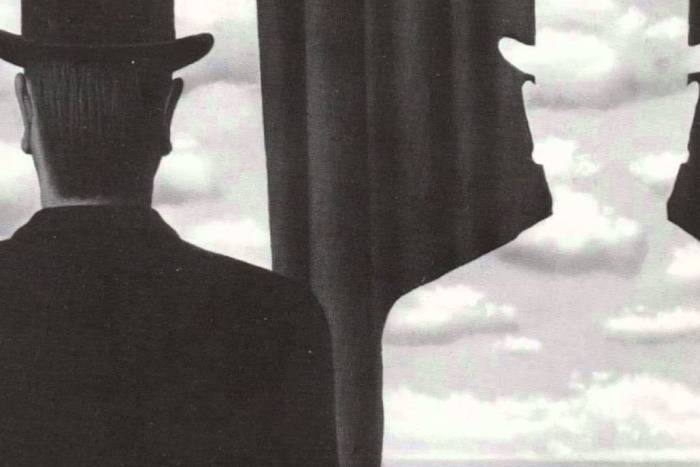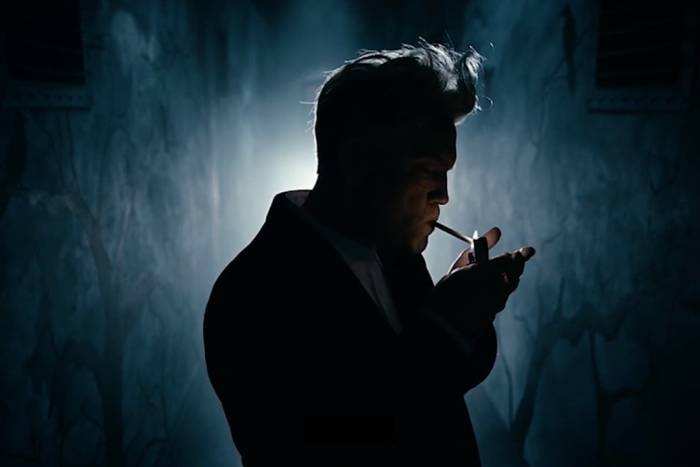Sharing and collaborating - natural movements of the creative being
The history of creativity abounds with characters who share their talent and strengthen it.
We might sometimes think that artistic or creative activity is, in essence, individualistic. The Genesis of Judeo-Christian tradition portrays a God whose decision to create the world is as vehement as the solitude in which it is located. Doctor Faustus is presented as one of the wisest men in history, but one who is also isolated from his peers. And it’s possible that romanticism rounded up that impression of the artist as a character who needs to be alone to exercise his talent.
However, if over the course of history human beings have demonstrated their strength because of their ability to cooperate and work together, art and creativity are no exception. Works of thought are almost always collective, despite seeming to come from the wit of a single person. Dialog is perhaps the most elementary example of this essential feature of human nature: Who could conceive a life where one could never hide his or her feelings of amazement? What’s the point of an invention or a fantasy if they are not shared?
In art, collaboration has been a constant behavior, a natural movement of those who might be considered extravagant and peculiar, but by instinct want to be with others like them —similar in their intellect and perhaps also in their strangeness. This includes artistic groups, currents, and movements; and to a greater degree, more intimacy and friendships, perhaps more discrete but just as fruitful when creative needs are involved.
Here is glimpse at some of these pairs, groups and friends who when sharing and dialoging found elements that were essential to strengthen their artistic endeavors.
Borges and Bioy
The friendship between these two writers is well-known, but few might know that they also worked together. At first Borges was a sort of teacher for Bioy Casares, but this relationship gradually changed toward camaraderie and complicity. From their years in common, several works stand out, including crime stories starred by Bustos Domecq (a sedentary detective, according to the essential rules of the genre), Anthology of Fantastic Literature (in which Silvina Ocampo was also involved) and the monumental Borges, the book that includes the everyday encounters between both writers and the notable and incessant literary exercise that each performed whenever they met.
The editor’s work
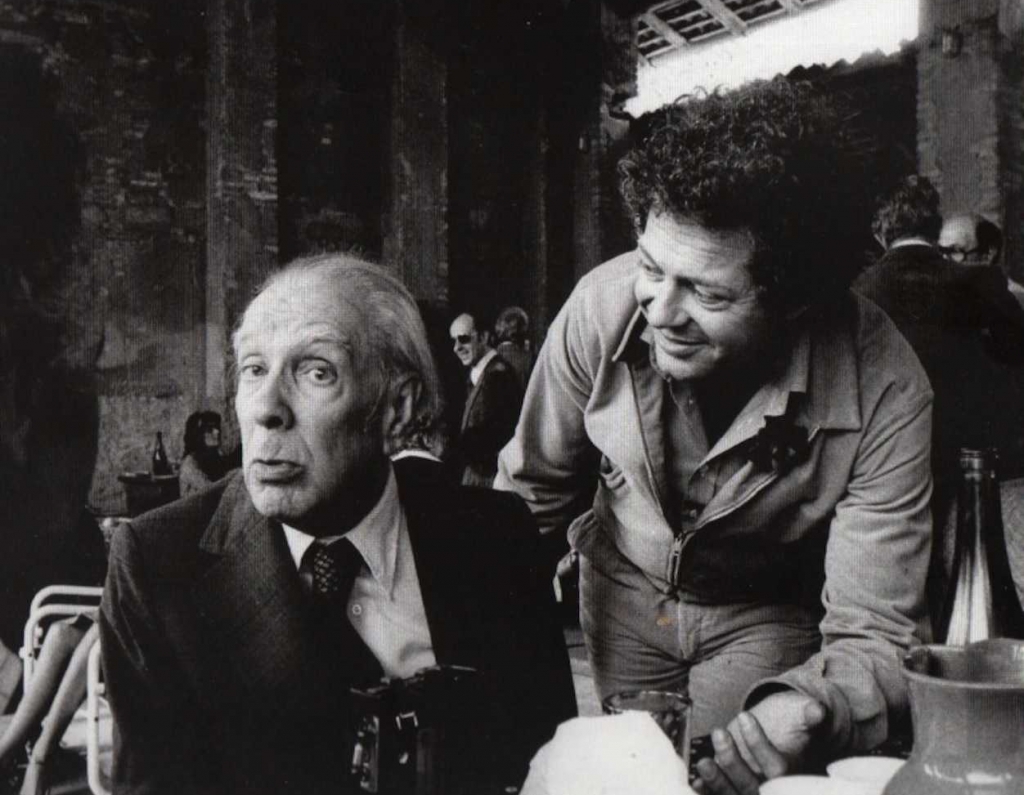
An editor’s role involves condensing an important part of the collaborative nature of literature. For example, it is known that the emblematic styles of Ernest Hemingway, Francis S. Fitzgerald and Raymond Carver wouldn’t have achieved as much recognition if it weren’t for the guidance of their editors: Maxwell Perkins for the first two and Gordon Lish for Carver. Other legends, such as Franco Maria Ricci and Gaston Gallimard in Europe, or Arnaldo Orfila and Joaquín Díez-Canedo in America, assumed that discreet yet decisive role where a writer joins forces with another until creating that unique polyphony characteristic of certain publishing companies.
John Cage and Merce Cunningham
The relationship between John Cage and Merce Cunningham produced an emotional and creative bond that had a great impact on the world of music and dance, each one’s field, respectively. Among the many experiences and acts they performed in those disciplines, one that stands out is the introduction of the concept of “random” in the choreographies of Cunningham set to Cage’s music, under the idea that the interpretation could be contingent (in both cases), and also that both disciplines could coexist, but not under the strict rules of those alleged.
Collaborative poetry
For several centuries, poetry was a reason for gathering more than for being alone, even in terms of writing it. In the dispute over the identity of Homer, for example, it was once assumed that the name was only an historical commodity to designate various rhapsodists that contributed to the composition of the Illiad and the Odyssey. But even without resorting to the enigma or to remote periods, this collective spirit of poetry can be found in forms such as the Japanese renga or the celebrated “exquisite corpse” invented by French surrealists.
Warhol and Basquiat
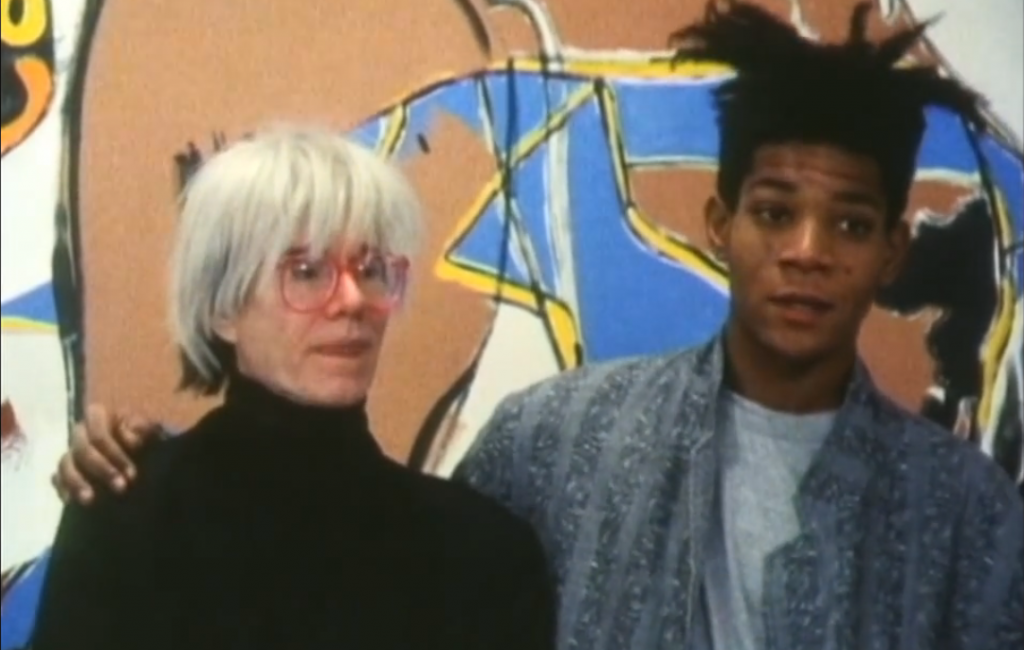
In 20th Century pop art, one of the most unexpected duos was created when Andy Warhol decided to sponsor Jean-Michel Basquiat, a young man whose talent when from painting graffiti on the streets of Manhattan to showing his work in the best galleries and museums. Thanks to this friendship, Warhol and Basquiat proved that the borders between different creative manifestations are more mobile and flexible than what we sometimes assume.
Image credits
John Cage and Merce Cunningham, 1965, Photo by Jack Mitchell.
Jorge Luis Borges and Franco Maria Ricci, 1977
Jean-Michel Basquiat and Andy Warhol, 1986
Related Articles
Pictorial spiritism (a woman's drawings guided by a spirit)
There are numerous examples in the history of self-taught artists which suggest an interrogation of that which we take for granted within the universe of art. Such was the case with figures like
Astounding fairytale illustrations from Japan
Fairy tales tribal stories— are more than childish tales. Such fictions, the characters of which inhabit our earliest memories, aren’t just literary works with an aesthetic and pleasant purpose. They
A cinematic poem and an ode to water: its rhythms, shapes and textures
Here lies One Whose Name was writ in Water. - John Keats Without water the equation of life, at least life as we know it, would be impossible. A growing hypothesis holds that water, including the
Watch beauty unfold through science in this "ode to a flower" (video)
The study of the microscopic is one of the richest, most aesthetic methods of understanding the world. Lucky is the scientist who, upon seeing something beautiful, is able to see all of the tiny
To invent those we love or to see them as they are? Love in two of the movies' favorite scenes
So much has been said already, of “love” that it’s difficult to add anything, much less something new. It’s possible, though, perhaps because even if you try to pass through the sieve of all our
This app allows you to find and preserve ancient typographies
Most people, even those who are far removed from the world of design, are familiar with some type of typography and its ability to transform any text, help out dyslexics or stretch an eight page paper
The secrets of the mind-body connection
For decades medical research has recognized the existence of the placebo effect — in which the assumption that a medication will help produces actual physical improvements. In addition to this, a
The sea as infinite laboratory
Much of our thinking on the shape of the world and the universe derives from the way scientists and artists have approached these topics over time. Our fascination with the mysteries of the
John Malkovich becomes David Lynch (and other characters)
John Malkovich and David Lynch are, respectively, the actor and film director who’ve implicitly or explicitly addressed the issues of identity and its porous barriers through numerous projects. Now
From hope to madness: advice from artists to artists
Advice from older artists to younger has been a tradition over the centuries. From Horace’s famous Ars Poetica through Rilke’s Letters to a Young Poet, artists across ages and generations have

